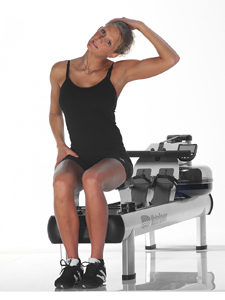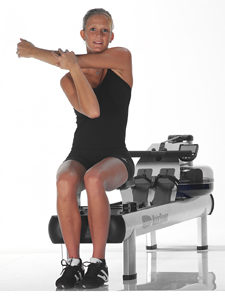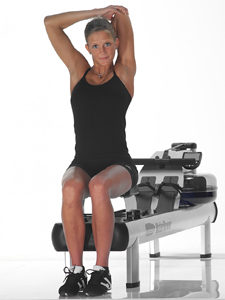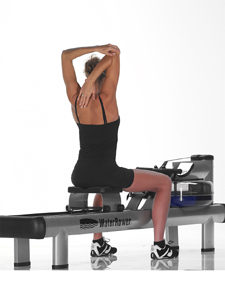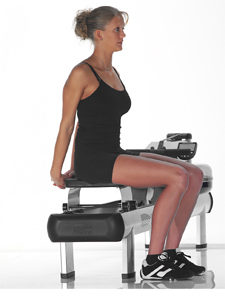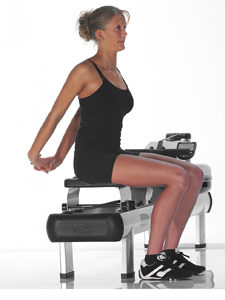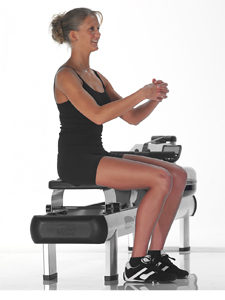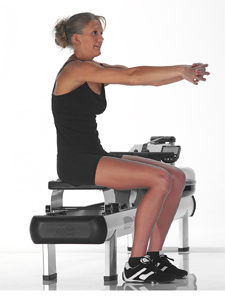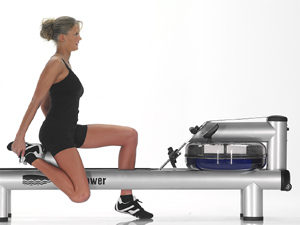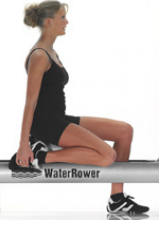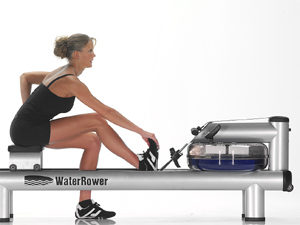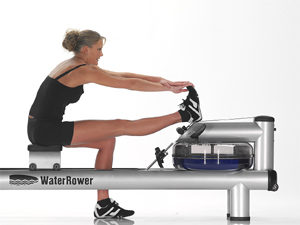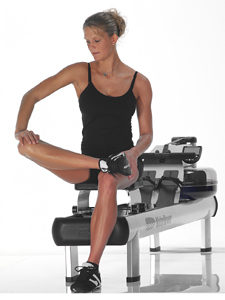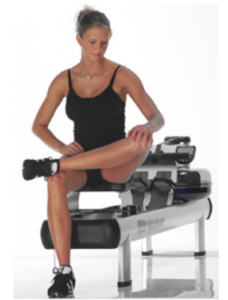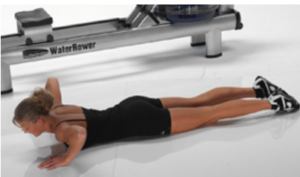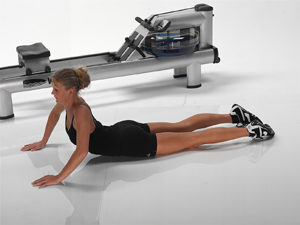In much the same way as warming up prepared the muscles for a work out, cooling down prepares muscles for rest. It allows the blood to be rerouted from the muscles to the rest of the body to restore the balance.
Cooling down correctly will prevent the accumulation of waste products such as lactic acid from the workout, reducing the onset of stiffness and soreness.
Normal heart rate should be achieved through a 5 to 10 minute low intensity exercise cool down. Follow this with stretching, focusing on the muscles used (specifically lower back, hamstrings, quadriceps and gluteals). Hold the stretches for at least 20 seconds or more.
Benefits of cooling down
• decreases stiffness after exercise
• help prevent injuries such as muscle tears and strains
• aids and improves flexibility
• allows the body to remove harmful waste products, e.g. lactic acid


